About Plumbing Leak Detectors
Plumbing leak detectors are devices used to identify and locate leaks in plumbing systems. They are designed to detect water leaks and help homeowners or professionals identify the source of the problem. Here are some common types of plumbing leak detectors:
-
Water Leak Detectors:
- Spot Detectors: These are standalone devices that are placed in areas prone to water leaks, such as near water heaters, under sinks, or in basements. They use sensors to detect the presence of water and sound an alarm or send an alert when a leak is detected.
- Whole-House Detectors: These systems monitor the entire plumbing system and can detect leaks in multiple locations simultaneously. They may use a combination of sensors, flow meters, or pressure sensors to detect abnormal water flow or pressure changes.
-
Electronic Leak Detectors:
- Electronic Listening Devices: These devices use sensitive microphones to listen for sounds associated with leaks, such as water dripping or flowing. They amplify the sound, helping locate the exact source of the leak within pipes, walls, or hidden areas.
- Thermal Imaging Cameras: These cameras use infrared technology to detect temperature differences and identify areas of moisture or water leaks. They can be useful for locating hidden leaks behind walls or in inaccessible areas.
-
Dye Testing Kits:
- Fluorescent Dyes: These dyes are added to water and can be injected into plumbing systems. If there is a leak, the dye will be visible where the water is escaping, helping to pinpoint the location of the leak.
-
Pressure Testing:
- Pressure Gauges: These devices are used to measure and monitor water pressure in the plumbing system. A sudden drop in pressure can indicate a leak somewhere in the system.
- Pressure Testing Kits: These kits allow for controlled pressure testing of specific sections of the plumbing system to identify leaks.
-
Gas Leak Detectors:
- Gas Detectors: These devices are used to detect and locate gas leaks in plumbing systems that use natural gas or propane. They can sense the presence of gas and sound an alarm or provide visual indicators when a leak is detected.
When choosing a plumbing leak detector, consider factors such as the type of leaks you want to detect, the size of your plumbing system, and your specific needs. Some leak detectors are designed for DIY use, while others may require professional installation. It's important to follow the manufacturer's instructions and guidelines for proper use and maintenance of the leak detector to ensure accurate and reliable results.

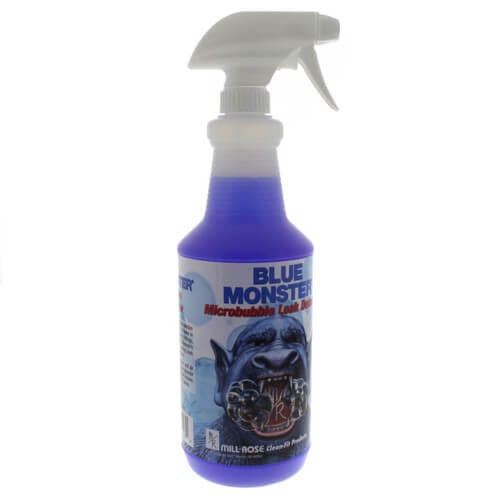
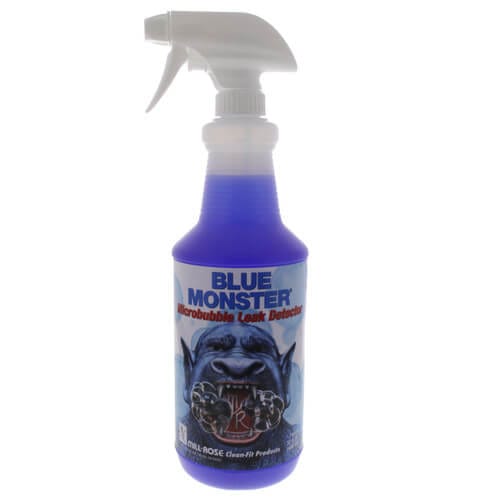

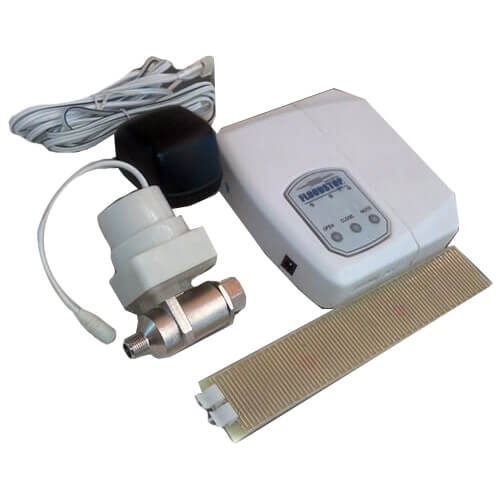
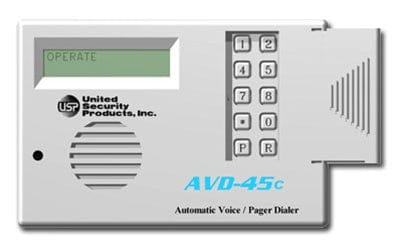
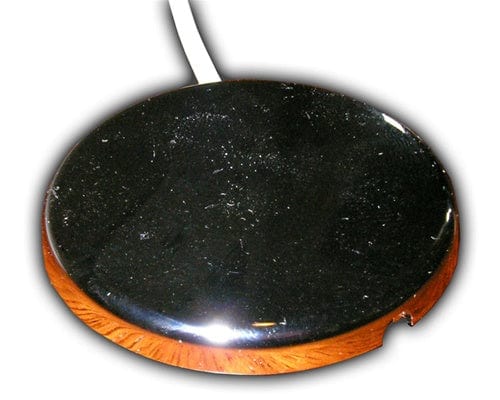
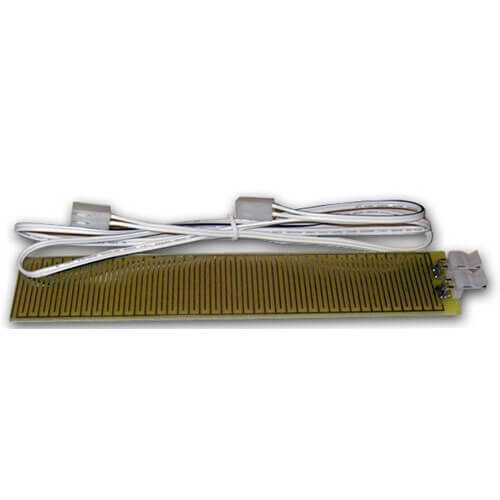

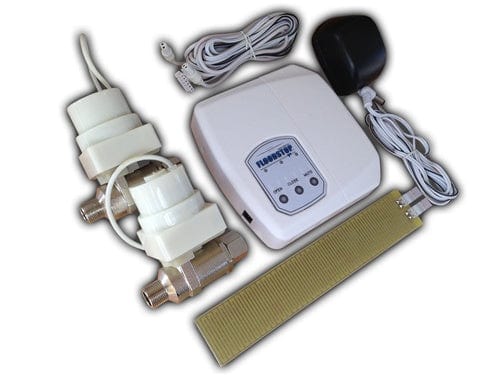
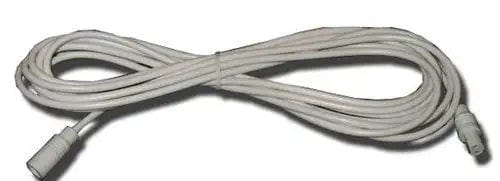
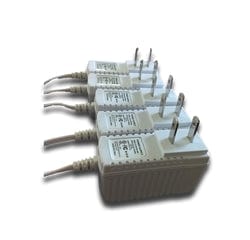
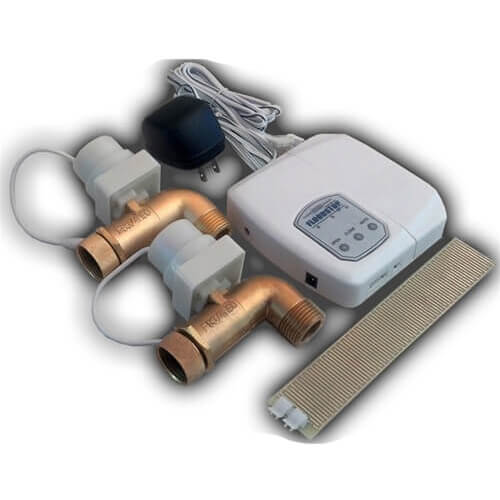
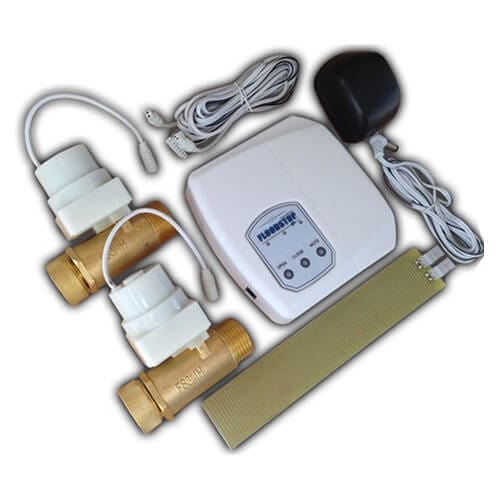
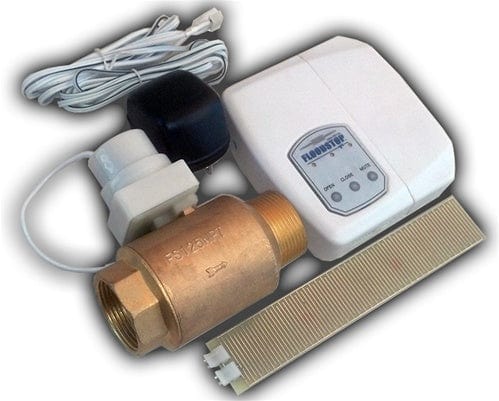
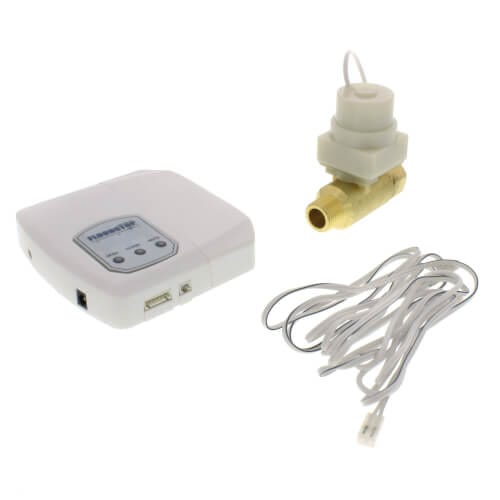

![Water Heater FloodStop [3/4"compression fitting]](http://fittingsnvalves.com/cdn/shop/products/fs34c-2.jpg?v=1755863969&width=500)